Have you ever wondered if you could vacuum-seal fresh vegetables from your garden or the grocery store? If you're still unsure, the answer is yes. Vegetables can definitely be vacuum-sealed. It’s no secret that vacuum sealing produce prolongs shelf life, helps reduce food wastage immensely, as you’ll be able to preserve your produce for much longer than you would if they were just tossed into the refrigerator any old way, and can save you time and money in the kitchen.
However, to retain texture, flavor, and nutritional value while gaining the benefit of longer shelf life, you must properly prepare your vegetables before putting them in a freezer.
We have put together some information that would help you to vacuum seal your vegetables in a way that ensures that they remain fresh and healthy for consumption.
How long do fresh Vegetables last when vacuum sealed?
Most vacuum-sealed vegetables will retain their freshness for about one to two weeks in the fridge, which is already far longer than the typical one to three days.
How long will vacuum-sealed vegetables last in the freezer?
The majority of vegetables will stay well in the freezer when vacuum-sealed. Green beans, for example, have a safe storage life of eight months but can survive up to two to three years when vacuum sealed and frozen. Click here to learn more about how long it takes for vacuum-sealing vegetables to expire.
How to blanch and vacuum seal your vegetables
Preparing Your Vegetables for Blanching
After they have been prepared, it is advisable to chop big veggies into smaller bits.
The best way to prepare your veggies is to blanch them first, then have them cooled, dried, vacuum-packed, and then frozen.
Cruciferous vegetables like turnips, cabbage, cauliflower, and sprouts do not emit gasses while frozen, but they do when they're refrigerated. These veggies can be vacuum-sealed for storage in the freezer but not in the refrigerator.
Blanching Your Vegetables
Blanching is a home food preservation technique. It is the process of scorching food, particularly fresh produce like fruit or vegetables, for one to four minutes in steam or boiling water, followed by rinsing under cold water, patting dry, and freezing. You can also decide to seal vegetables and prepare them sous vide.
This preserves taste, color, texture, and vitamins.
To produce the finest results, different vegetables should be blanched for varying amounts of time. To blanch your veggies:
1. Prepare a plate covered with cloth or paper towels, a big basin of cold water, and a slotted spoon.
2. Boil water in a big pot over high heat.
3. Get the veggies ready.
4. So that the water keeps boiling, add the veggies to the saucepan in small batches. A single vegetable type should be blanched at a time.
5. Test for completion after around 30 seconds. Take one piece out, dunk it in the cold water basin, and taste. Taste the veggies often until they are cooked to your preferences. Most veggies require two to five minutes to prepare.
6. When the veggies have finished cooking, swiftly take them with a slotted spoon from the boiling water and submerge them in the ice bath to halt the cooking. (This is referred to as startling.)
7. Remove the veggies from the ice bath after reaching room temperature and drain them on the plate covered with towels.
8. After taking out any remaining water, place the veggies in a vacuum sealing bag and vacuum seal them using your Vacuum sealing machine.
Vegetable blanching times for home freezer storage (CHART)
Vegetables | Blanching in boiling water (minutes) | Blanching in steam (minutes) | |
Okra | Small pods | 3 | 5 |
Okra | Large pods | 5 | 8 |
Cauliflower flowerets | 1 inch | 3 | 5 |
Edible pods | 2-3 | 4-5 | |
Green peas | 11/2 21/2 | 3-5 | |
Asparagus | Small stalk | 2 | 3 |
Asparagus | Medium stalk | 3 | 5 |
Beans – snap, green, or wax | 3 | 5 | |
Beans – lima, butter, or pinto | small | 2 | 3 |
Broccoli- florets | 11/2 inches across | 3 | 5 |
Brussel sprouts | Small heads | 3 | 5 |
Cabbage or Chinese cabbage | Shredded | 11/2 | 21/2 |
Celery | 3 | ||
Carrots | Small whole | 5 | 8 |
Carrots | Sliced, diced, or strips | 2 | 3 |
Vegetables you can freeze
Not all types of fruits and vegetables you are dealing with can be placed in a freezer. Knowing what veggies you can put in the freezer versus what you cannot help you prevent your other veggies from suffering freezer burn. Some of the vegetables you can vacuum seal and freeze are:
1.Potatoes
You may vacuum seal dehydrated potatoes in the form of slices or cubes.
2.Herbs
Another group of vegetables you should think about vacuum sealing is herbs. Even though fresh from the garden herbs are often the nicest, you may vacuum seal and blanch various herbs to preserve them. Some of these herbs are:
- Parsley
- Mint
- Chives
- Basil
- Dill
Don't try to vacuum seal herbs that are moist or even just a little bit damp since they will get mushy.
3. Lettuce
You can vacuum seal your lettuce as well in order to increase its lifespan. It allows you to keep them in the fridge for a longer period of time, usually up to two weeks. Examples of lettuce veggies you can freeze are:
- Cabbage
- Broccoli
- Cauliflower
- Kale
4. Cruciferous is another set of vegetables that you should consider freezing before vacuum sealing. However, these cruciferous vegetables will spoil if they’re vacuum sealed without being blanched, so don’t forget to blanch them first.
It is also advisable to use flash freezing to prevent the formation of ice crystals in vacuum-sealed foods.
What vegetables should not be vacuum sealed?
1. Raw Onions and Garlic
You know those odors onions give off when you chop them. Even after being vacuum packed, they continue to emit gases, just like garlic, another allium in the lily family. The bag might be inflated by that gas, leading to vacuum leakage. Onions and garlic that have been vacuum-packed spoil more quickly than if you hadn't sealed them at all.
2. Raw Mushrooms
Although it seems contradictory, vacuum-sealed mushrooms degrade more quickly. Because mushrooms have ripening cycles akin to those of fruits, vacuum-sealed fresh mushrooms mature more quickly and decay more quickly.
3. Cruciferae or Brassicaceae Vegetables
Raw vegetables from the families Cruciferae and Brassicaceae that emit gases shouldn't be vacuum sealed, just like raw onions and garlic. These veggies include arugula, cauliflower, Brussel sprouts, bok choy, cabbage, broccoli, and kale. They must first be blanched and completely cooled before being vacuum sealed. Although many vacuum sealers include a "wet" option, drying the veggies before putting them in the vacuum sealing bags is essential for the best result.
4. Soft Cheeses
While using vacuum sealing to extend the life of hard cheeses is pleasant and acceptable, doing the same with soft, moist, or crumbly cheeses is not a good idea. Mold is more likely to grow on cheeses like Brie, blue, goat, ricotta, and mozzarella in an enclosed space. If in doubt, observe if the cheese is double- or triple-cream, fresh, unpasteurized, stored in liquid, moist to the touch, or stored in a container. Don't vacuum seal your cheese if it meets any of those criteria.
Go Get Your Vacuum Sealer
Vacuum sealing fresh vegetables is a great idea to lengthen the storage span of your veggies. Just don’t forget to blanch your cruciferous vegetables and ensure they are thoroughly dried and cooled before vacuum sealing them. I hope you have found this helpful if you are thinking about getting a vacuum sealer or vacuum sealing your vegetables. You can visit outofair.com for your reliable and affordable vacuum sealer bags and machines.
 Vacuum Sealer Bags & Rolls for Food Savers (Free Shipping)
Vacuum Sealer Bags & Rolls for Food Savers (Free Shipping)
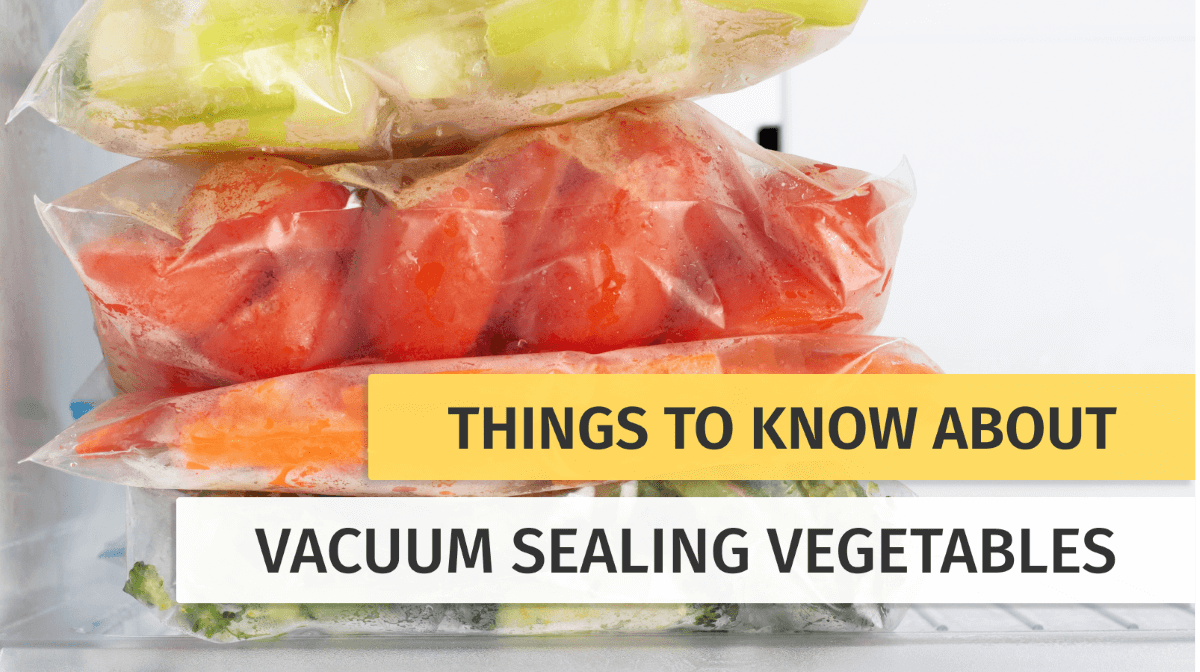
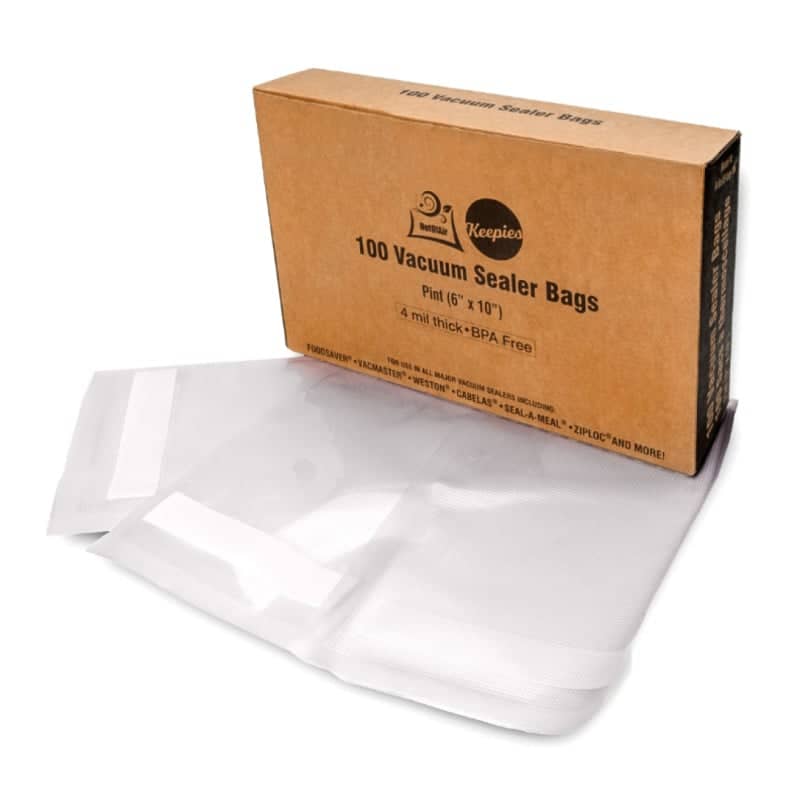
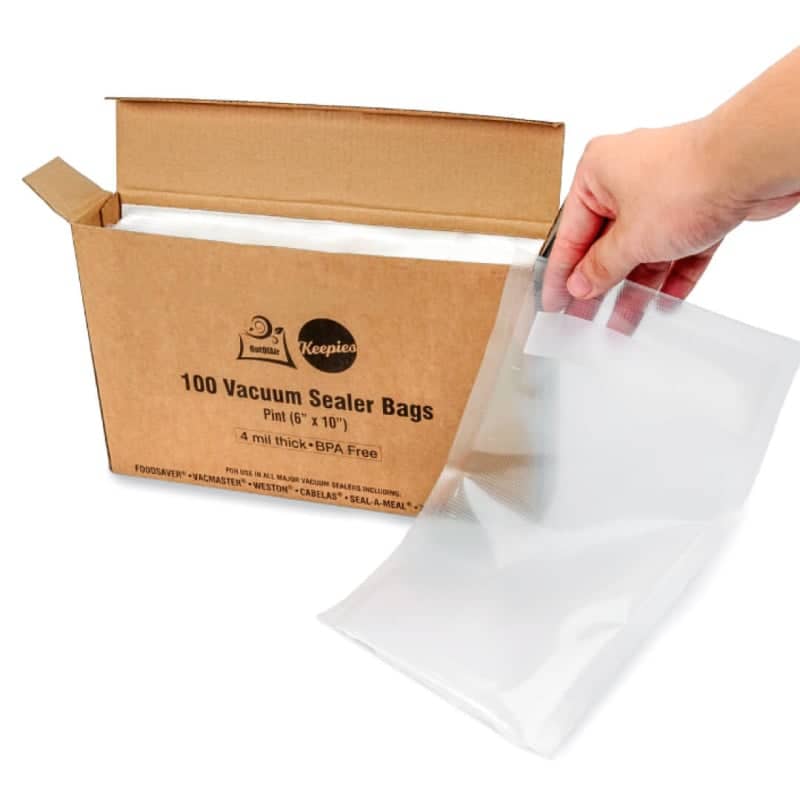
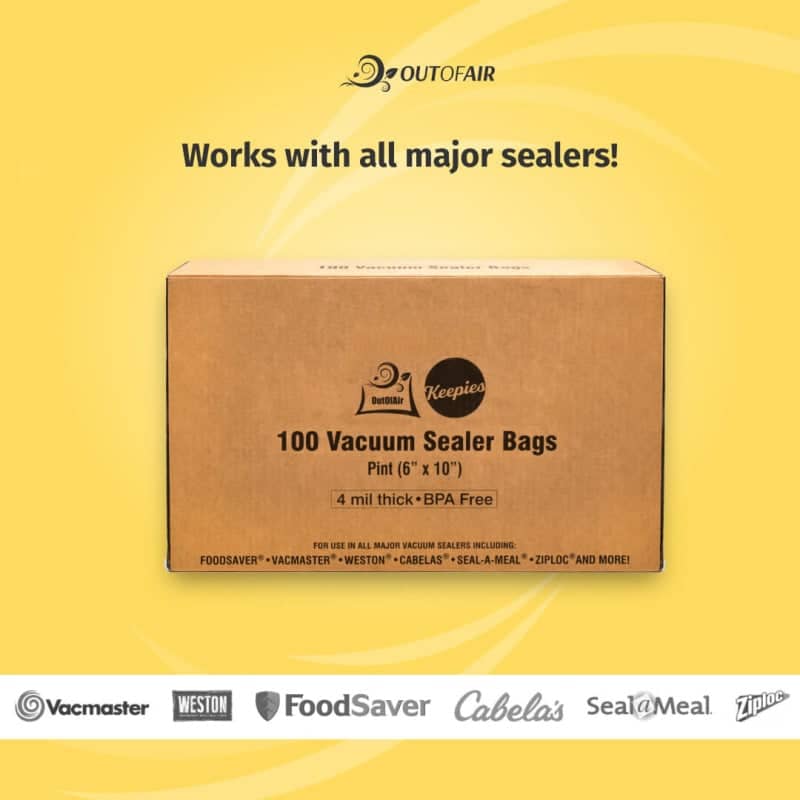
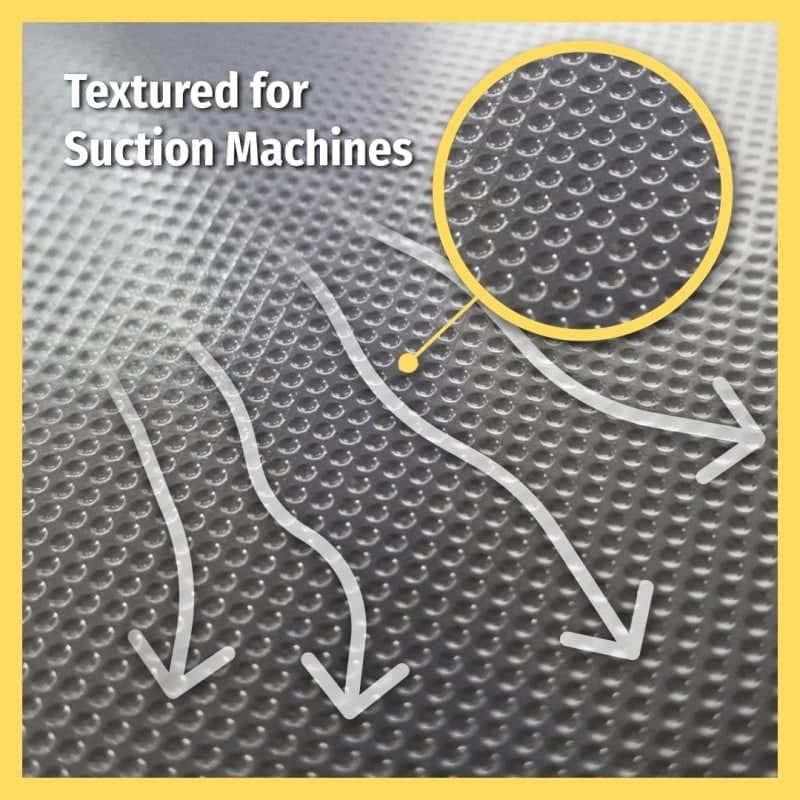
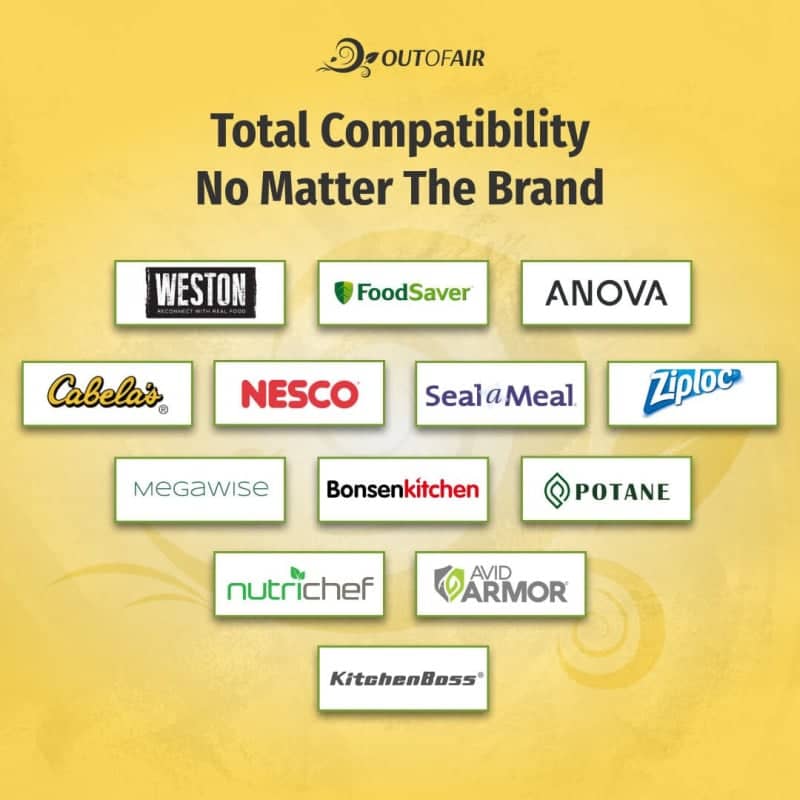

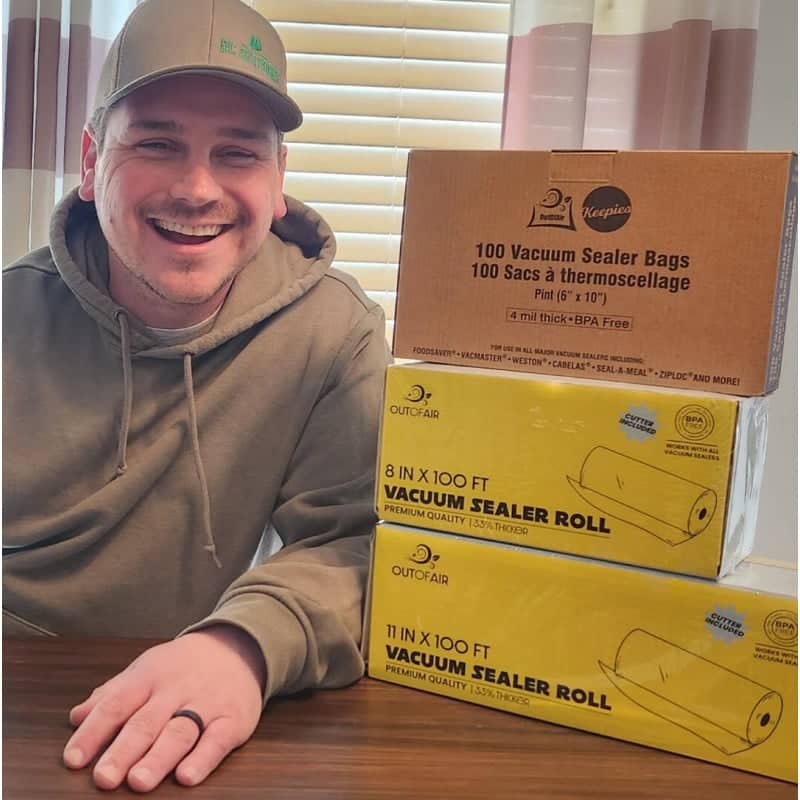
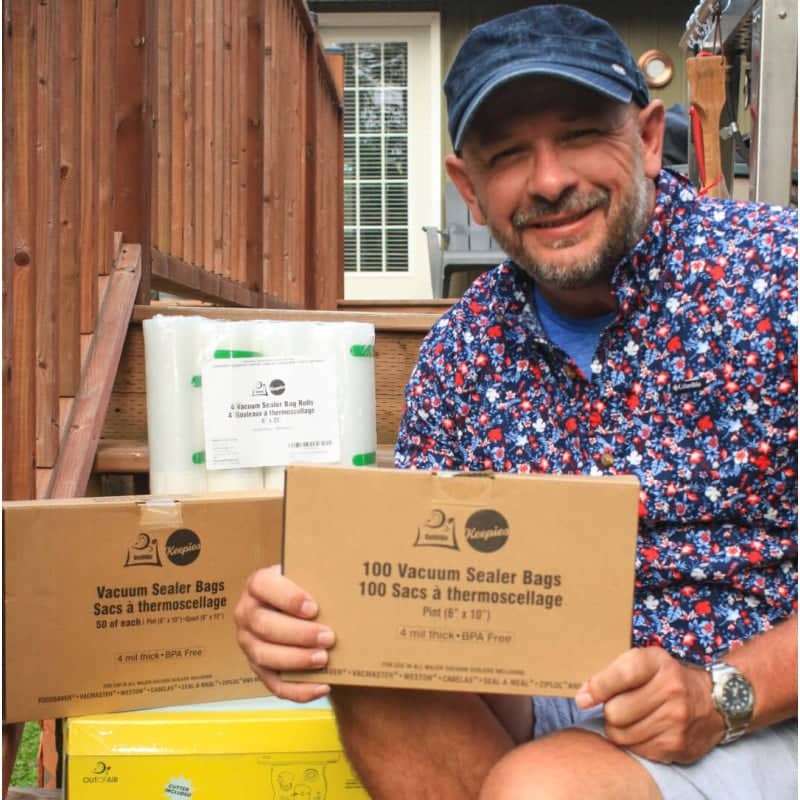
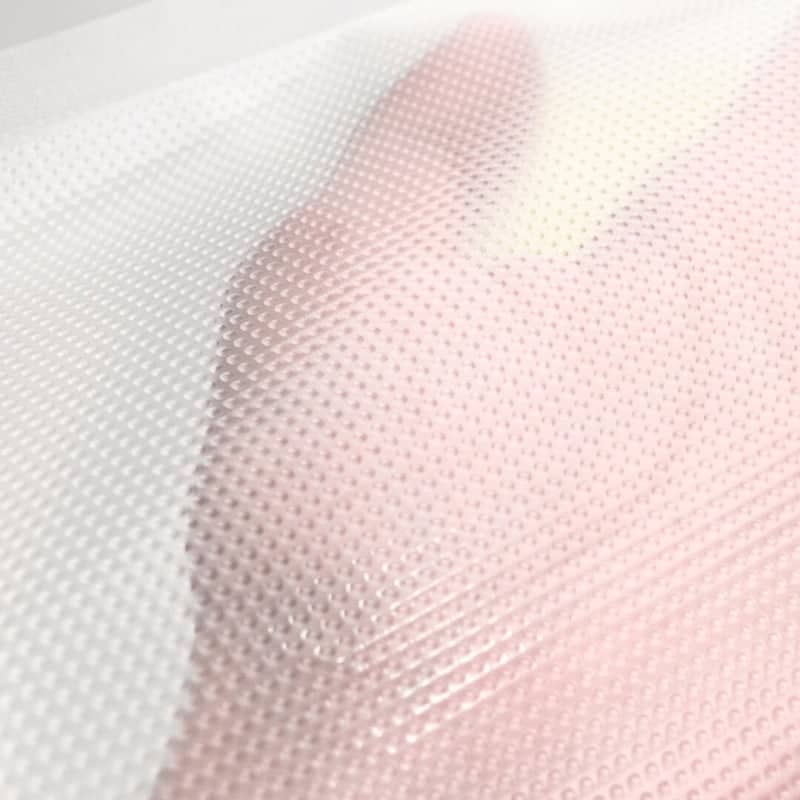




Share this article: